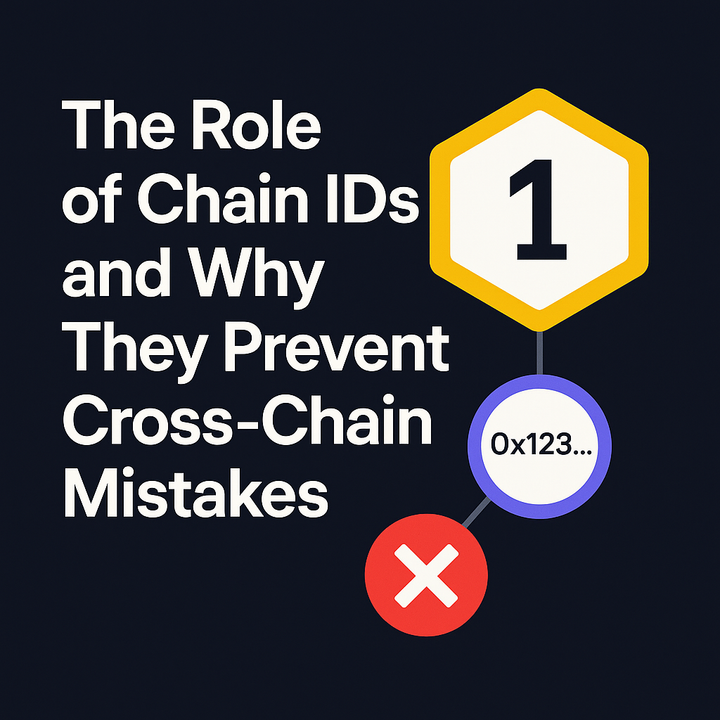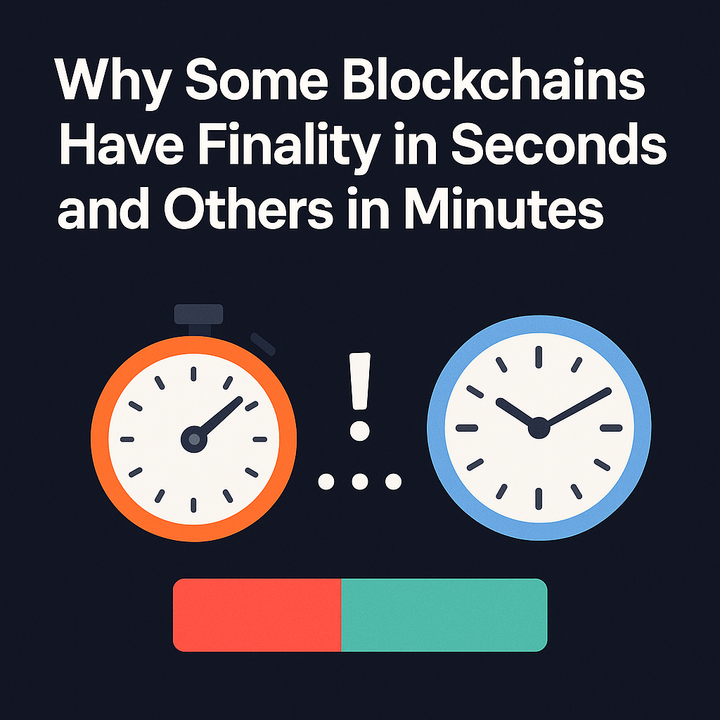Mitosis’s Adaptive Fee Model and Its DeFi Advantage
Decentralized finance (DeFi) thrives on efficiency, but high and unpredictable transaction fees often deter users and stifle adoption. Mitosis, a Layer 1 blockchain protocol, is tackling this challenge with its innovative adaptive fee model, a cornerstone of its mission to make DeFi more accessible and equitable. By dynamically adjusting fees based on network conditions and user activity, Mitosis optimizes costs for traders, liquidity providers (LPs), and developers, setting a new standard for DeFi platforms. This article delves into how Mitosis’s adaptive fee model works, its integration with the $MITO token, and its potential to reshape the DeFi landscape. The Fee Problem in DeFi Transaction fees in DeFi can be a major hurdle. On networks like Ethereum, gas fees can spike during peak usage, making simple swaps or liquidity provision prohibitively expensive. Even on faster chains like Solana, static fee structures often fail to balance the needs of users and LPs. High fees discourage small retail traders, while low fees can reduce incentives for LPs, leading to thinner liquidity pools and higher slippage. This tension creates a lose-lose scenario for DeFi ecosystems. Mitosis addresses this with its adaptive fee model, designed to optimize costs dynamically. Unlike static fee systems, Mitosis’s model adjusts fees in real time based on factors like network congestion, transaction volume, and pool utilization. This ensures that users pay lower fees during low-traffic periods, while LPs earn competitive returns when demand is high. Early data from Mitosis’s testnet suggests that this approach reduces average user costs by up to 25% compared to traditional automated market makers (AMMs). How the Adaptive Fee Model Works At the core of Mitosis’s adaptive fee model is its Inter-Chain Liquidity Hub (ICLH), which aggregates liquidity across multiple blockchains. The ICLH uses sophisticated algorithms to monitor network conditions and adjust fees dynamically. For example, during periods of high congestion, fees may increase slightly to prioritize high-value transactions, but the system caps costs to protect retail users. Conversely, during quieter periods, fees drop to encourage participation, ensuring the protocol remains accessible to all. The model also benefits LPs. By aligning fees with pool utilization, Mitosis ensures that providers earn higher rewards when their assets are in demand. This incentivizes consistent liquidity provision, deepening pools and reducing slippage for traders. The ICLH’s cross-chain capabilities, enabled by partnerships with protocols like Hyperlane, further enhance efficiency by allowing assets to flow seamlessly between chains, minimizing bridging costs that often inflate fees. The $MITO token plays a pivotal role in this system. LPs stake $MITO to participate in the ICLH, and their rewards are boosted based on the adaptive fee pool’s performance. $MITO holders also govern the fee model, voting on parameters like fee caps and adjustment thresholds. This community-driven approach ensures that the system remains fair and adaptable, reflecting the needs of its users.
Community Engagement and Fee Incentives Mitosis’s community is integral to its success, and the adaptive fee model is designed with user engagement in mind. The protocol’s Expedition campaign, a gamified initiative, rewards users with $MITO for activities like providing liquidity or completing cross-chain swaps. During these campaigns, Mitosis often lowers fees temporarily to attract new users, creating a virtuous cycle of adoption and liquidity growth. Posts on X highlight the campaign’s impact, with over 12,000 wallets participating in the latest Expedition, per Mitosis’s community updates. The memetic culture surrounding Mitosis amplifies this engagement. Memes like “$MITO: Fees That Flex” have spread across X, capturing the model’s user-friendly appeal. This cultural resonance not only attracts new users but also fosters loyalty among existing ones, as they feel part of a movement to make DeFi more inclusive.
Technical Innovations Behind the Model Mitosis’s adaptive fee model is underpinned by cutting-edge technology. The protocol uses real-time data oracles to monitor network conditions, ensuring accurate fee adjustments. Integration with CloberDEX, a high-performance DEX, enhances the model’s efficiency by enabling precise pricing across liquidity pools. Mitosis is also exploring zero-knowledge (ZK) proofs to add a layer of privacy to fee transactions, allowing users to interact with the ICLH without exposing sensitive data. This technical sophistication doesn’t come at the expense of user experience. Mitosis’s interface, available on web and mobile apps, simplifies interactions with the ICLH, making it easy for users to monitor fees and manage assets. This focus on accessibility sets Mitosis apart from competitors with clunky interfaces or opaque fee structures.
Challenges and Future Prospects Implementing an adaptive fee model is not without challenges. Dynamic systems require robust security to prevent manipulation, and Mitosis employs decentralized oracles and governance checks to mitigate risks. Competition from other DeFi protocols, such as Uniswap and Curve, also poses a challenge, but Mitosis’s cross-chain focus and community-driven governance provide a unique edge. Looking ahead, Mitosis plans to refine its fee model by integrating machine learning to predict network trends and further optimize costs. The protocol’s roadmap also includes expanding the ICLH to support emerging chains and introducing fee-based incentives for developers building on Mitosis. These advancements could cement Mitosis’s position as a leader in DeFi efficiency.
Conclusion Mitosis’s adaptive fee model is a game-changer for DeFi, balancing affordability for users with profitability for LPs. By leveraging the ICLH, $MITO governance, and partnerships like Hyperlane and CloberDEX, Mitosis is creating a more accessible and equitable ecosystem. As DeFi continues to evolve, Mitosis’s innovative approach to fees positions it as a protocol to watch, with the potential to drive widespread adoption and redefine the economics of decentralized finance
https://docs.mitosis.org/learn/introduction/what-is-mitosis
https://blog.mitosis.org/
https://mitosis.org/



Comments ()